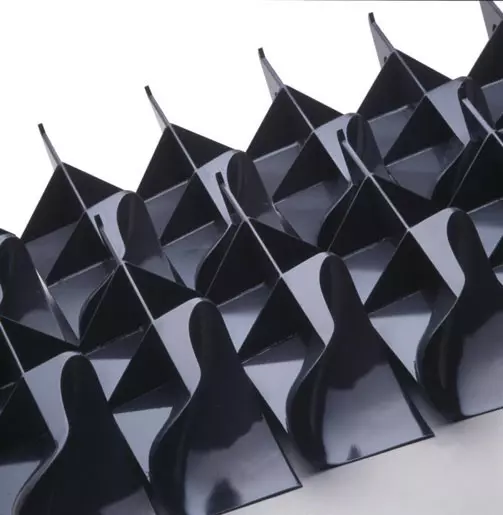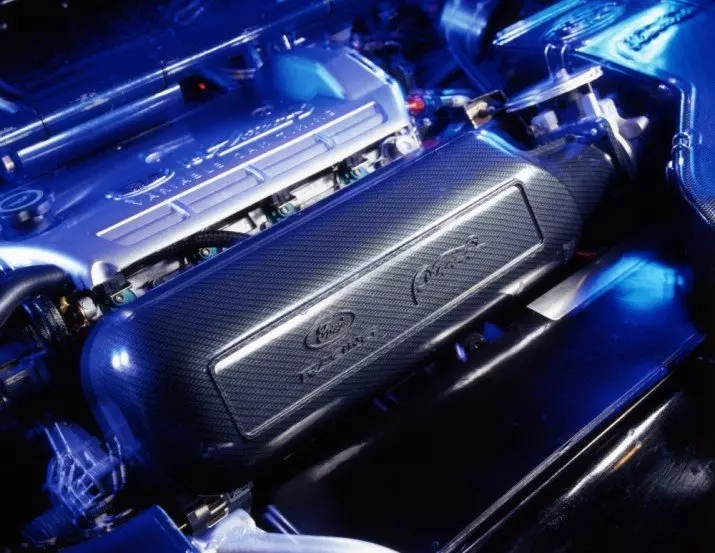GRP
Rapitypes uses glass reinforced Polyester for the manufacture of large enclosures, panels and cladding. GRP, often referred to as Glass Fibre, contains fibrous glass matting to reinforce the base polyester resin.
Technically there’s no limit to the size of part that can be produced, whilst the tooling patterns are very cost effective in comparison to those for injection mould tooling.
The resulting components have a hard self-coloured surface coat (Gel Coat) which can be pigmented to an agreed specification. GRP componennav3ts are relatively lightweight when produced with thin sections (min 3mm), yet structurally stiff and easy to handle.
GRP materials will withstand elevated temperatures and provide a general tolerance of +0.00 – 0.1%.
Rapitypes can also manufacture the associated chassis or supporting metal work structures and help with design and engineering advice about the process.
CARBON COMPOSITE
Rapitypes has built a substantial reputation for the supply of carbon composite components to the automotive sector. Working mainly on auto-sport assignments, but occasionally on one-off specials such as the Rolls Royce engine cover above, we provide quality components in short timeframes.
The Carbon Composite is very similar to the GRP composite in terms of process except that the reinforcement consists of strands of carbon fibre woven into a mat as opposed to the random arrangement of glass fibres in the GRP equivalent.
As a consequence the resin impregnated material is extremely stiff and strong, even in very thin sections (min 1.0mm) and considerably lighter in comparison to standard GRP.



